Digital Foundry vs Saints Row 4: Re-Elected on PS4
Take Gat and party.
Released towards the end of the last-gen lifecycle, Saints Row 4 demonstrated how dated console hardware struggled to keep up with the technological demands of the latest triple-A titles. Despite numerous improvements over its predecessor, the game suffered from poor frame-rates and compromised image quality, impacting on the overall enjoyment of the game. While the wacky sci-fi settings, satirical humour, and crazy range of weaponry still allowed for enjoyable moments on both Xbox 360 and PS3, it was clear that the PC game was by far and away the best way to enjoy the experience.
Amidst a proliferation of last-gen titles arriving on PS4 and Xbox One in 'remastered' forms, the release of Saints Row 4: Re-Elected is something of an opportunity, allowing us to potentially enjoy what is a great game, free from the compromises wrought by last-gen hardware. But this is more than just a simple port. For those jaded by the procession of remastered games arriving on the new consoles, Saints Row 4: Re-Elected includes a significant extra to sweeten the deal: the inclusion of the Gat out of Hell expansion, a brand new standalone release on PS3, Xbox 360 and PC but included as part of the deal for PS4 and Xbox One owners.
It's an enticing extra we'll be looking at closer to release, but for the purposes of this article, we're checking out the core Saints Row 4 experience and the upgrades made to the game. Given the massive leap in GPU power, there's the potential for running the new edition at 1080p60 - the gold standard for remastered titles on current-gen consoles. But just how well has High Voltage converted across the original work? Are we looking at a simple PC port or a more fleshed out reworking of the game's visuals?
Alternative comparison:
We're still waiting on Xbox One code to arrive, but our early hands-on with an advance copy of the PS4 version paints a promising, if mixed, picture so far. On the plus side, we are looking at a native 1080p presentation that is considerably sharper than the sub-HD last-gen versions of the game, backed up by a few graphical tweaks in a number of areas. However, in its current state, frame-rates are somewhat variable - a 60fps update is clearly favoured by the developer as the default refresh option in Saints Row 4, but the engine fails to achieve this consistently with implications for the title's visual smoothness and the feedback from its controls, creating an uneven experience.
Saints Row 4: Re-Elected basically provides console owners with a subtly enhanced version of the existing PC game. Based on an early playthrough of the first hour of gameplay, we note a number of small additions. New detail is added to the interiors of select locations - more visible patterned walls inside a Zin spacecraft, for example - while the lighting model is enhanced with stronger use of bloom and what appears to be increased dynamic range, both of which help to highlight specular properties in shiny surfaces as well as adding depth to various locations.
Unsurprisingly, the core artwork in the new Saints Row 4 is basically a match with the existing assets in most areas, although the boost in resolution to 1080p on PC and PS4 brings out a welcome increase in clarity and minor texture detail that the last-gen consoles can't match. In particular, the sub-HD PS3 game appears heavily compromised when resized to 1080p due to the blurring caused by both the post-process AA solution in play, not to mention the double scaling of the framebuffer (rendering at 960x720 on the PS3 up to 720p, then to the native resolution of your display). In comparison, the native 720p Xbox 360 version upscales fairly well, though artefacts are still visible.
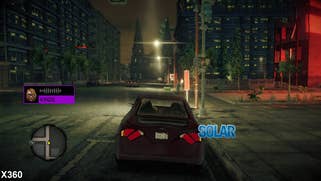

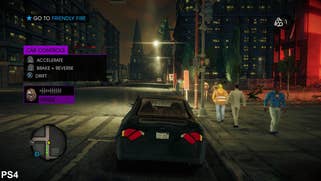


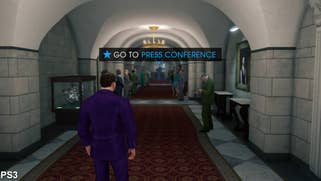
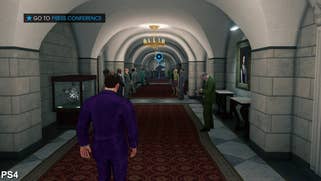
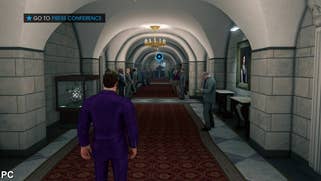
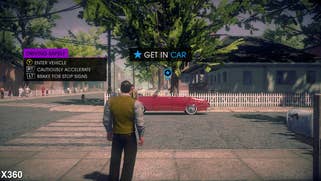
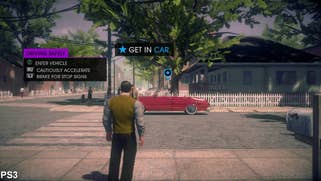
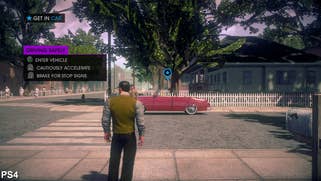
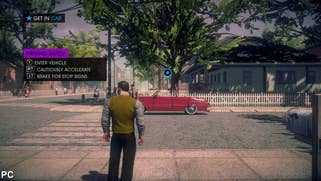


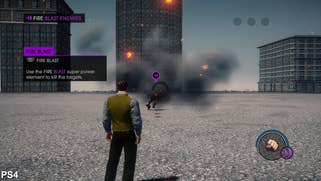
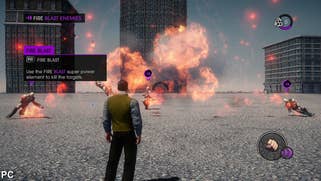
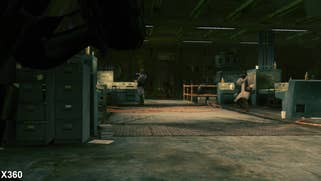
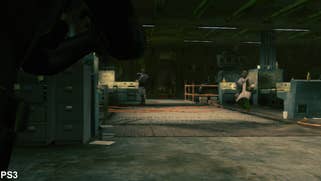
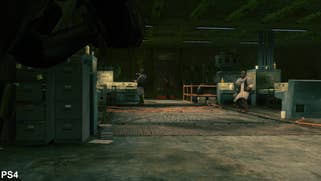
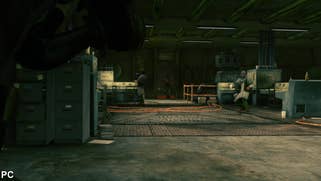
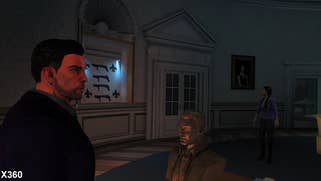



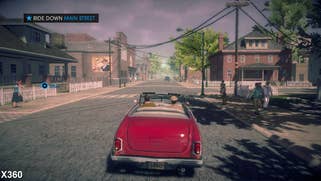
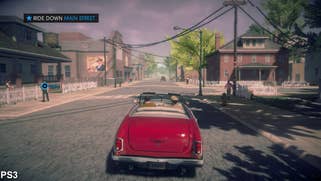
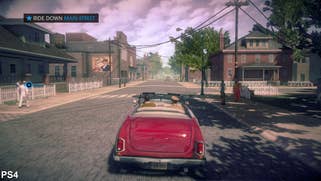
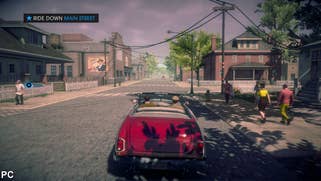
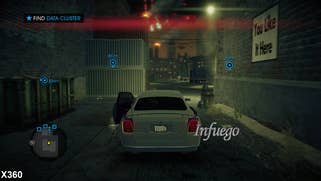
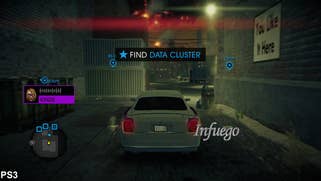
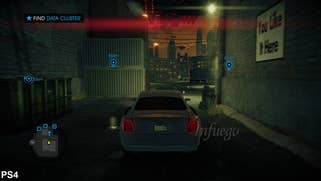
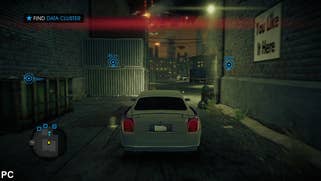
The main benefits provided by the boost in native resolution on PS4 primarily allow for enemies to be seen more clearly from a distance, while smaller objects and more intricately detailed locations are better resolved than on last-gen consoles. That said, the lack of anti-aliasing on the new version results in the break-up of sub-pixel imagery, meaning that fine details still aren't resolved to the extent they could be. While high levels of multi-sampling would be out of the question when attempting to run at 60fps in 1080p, a post-process solution - such as SMAA - could certainly bring some additional refinement to the presentation of the occupied streets of Steel Port. The lack of anti-aliasing in the version we looked at is somewhat strange, especially as there appears to be enough GPU overhead for the effect to be included, especially if a 30fps cap were to be added.
Beyond a handful of subtle changes to artwork and lighting, upgrades in other areas are kept to a bare minimum, with some effects actually downgraded compared to the existing PC game running with the highest settings enabled. Texture filtering is poorly handled on the PS4, with markings and general detail becoming blurred at a distance. This actually reduces the impact of surface shaders across wet roads and specular reflections, making the city of Steel Port appear less striking under certain weather conditions. Elsewhere, ambient occlusion appears to be dialled back in strength from the PC release, and depth of field is absent, despite its implementation on the Xbox 360 and PS3.
In terms of performance, first impressions based on the opening cut-scenes start out positively. Cinematics in Saints's Row 4: Re-Elected are capped at 30fps, with only an occasional dropped frame. However, some mild judder frequently appears in these sequences, lending inconstant motion to these scenes that doesn't look quite right. Pockets of frame-pacing irregularities are the problem here, with the engine regularly out presenting some frames at 16ms intervals, some at 33ms, and others at 50ms. For a consistent, locked 30fps update, each frame should render 33ms apart from its predecessor.
Based on cut-scene performance alone we were expecting a similarly limited 30fps experience during gameplay, but instead there's an uncapped frame-rate that closely achieves 60fps in some less demanding scenes, and struggles heavily under load. Despite some slowdown during explosions and gunfights, the opening assault on a terrorist compound delivers a fairly satisfying shooting experience that demonstrates how frame-rates between 50-60fps can provide crisp controller response and reasonably smooth motion.
However, once we get further into the game, environments become much more open and detailed, and performance drops to the 30-40fps level. Small variations in performance near 30fps create mild judder, which isn't a major concern, but sudden shifts in frame-rate when speeding through the city and taking part in fire-fights create a jerky experience that feels distinctly uneven to play. The game remains v-synced at all times, so at least we don't see the usual 'screen wobble' associated with tearing found on the last-gen releases.
Overall, the boost in performance we are given on the PS4 does indeed represent a clear improvement over the lacklustre sub-30fps action seen on the Xbox 360 and PS3 versions of the game. However, with much of the gameplay operating in the 30-40fps territory, we feel that an option to cap the game at 30fps should be provided, allowing for a more consistent experience. Fluctuating performance in the 30-40fps range doesn't provide much in the way of improved controller feedback and sometimes the increased judder results in an experience that looks as though it's running at a lower frame-rate than it actually is.
Curiously, the current build's display settings reveal the ability to toggle v-sync on and off. Since Saints Row 4 doesn't tear on the PS4, we presume that turning v-sync on (it is set to 'off' by default) is supposed to act as a frame-rate limiter. However, the option doesn't appear to do anything when we tried it, leaving performance completely unchanged. We're not quite sure what the option of adding screen-tear to the experience would bring, but hopefully High Voltage will seriously consider the 30fps frame-rate limiter as a potential option - even if it has to arrive in a post-launch patch.
While the volume of current-gen remasters might be a bit much overall, we're fully onboard with the idea of bringing the best PS3 and Xbox 360 titles over to their successors - but only if there's a clear and compelling gameplay reason for doing so. From a technological perspective, Saints Row 4 fell short on last-gen platforms, but the PlayStation 4 build we looked at holds promise - the murky resolution issues are resolved and the continuous, sub-30fps action is thankfully a thing of the past. Based on what we've seen thus far, the remaster doesn't quite match the maxed-out PC experience and it's a shame that a locked 60fps is seemingly off the table, but what we've played so far still delivers a suitable leap forward over the last-gen editions, making for a worthwhile upgrade - especially with the prospect of the Gat out of Hell expansion included as standard in the package.
As things stand, the PlayStation 4 version of Saints Row 4 represents a clear improvement over the last-gen instalments of the game. Based on what we've played so far, it's not a transformative experience on par with the PS4 Tomb Raider remaster, but it's shaping up as the best console purchase for those looking to experience the outrageous action and satirical humour that the franchise delivers. Additionally, if you've not played the game before, this remaster could be a good jumping on point for checking out the unique experience the series offers. We'll revisit the game on multiple platforms for our upcoming Face-Off, and we'll take a good, long, hard look at Gat out of Hell too.










